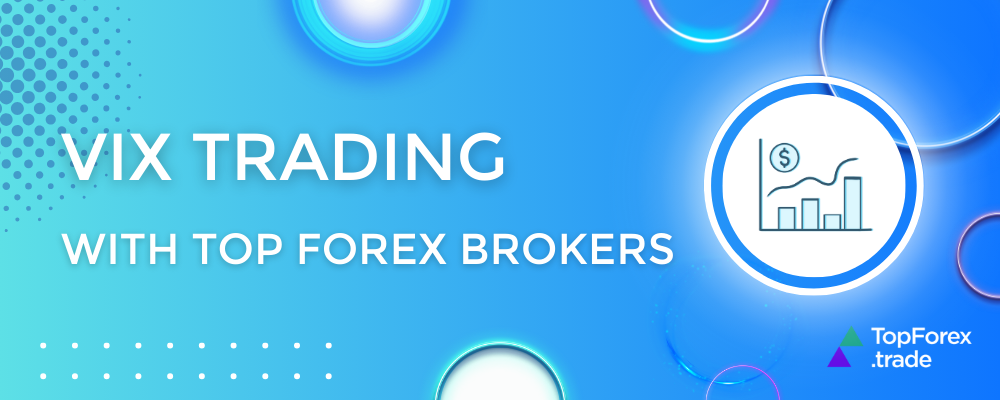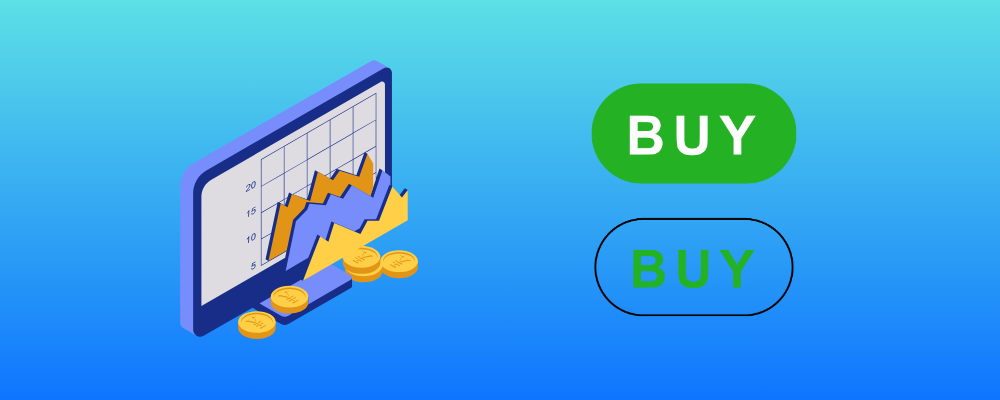Volatility Index trading: optimizing returns in volatile markets with AvaTrade, HF Markets, and Plus500

In the world of finance, the ability to navigate market volatility is a crucial skill. The Volatility Index, or VIX, serves as a valuable tool for traders looking to gauge market sentiment and make informed decisions. This guide will provide practical insights into understanding and trading the VIX, offering strategies for both experienced traders and newcomers alike. Let’s dive into the world of market volatility and uncover the potential it holds for your trading endeavors.
What is the Volatility Index VIX?

The Volatility Index, commonly known as VIX, is a widely used financial metric that reflects market participants’ expectations of future volatility in the stock market. It is often referred to as the “fear gauge” because it tends to rise during periods of market stress or uncertainty. The VIX is calculated based on options prices of the S&P 500 index, which is a measure of the 500 largest publicly traded companies in the United States.
Specifically, the VIX quantifies the market’s consensus on the anticipated level of price fluctuations (volatility) in the S&P 500 over the next 30 days. When the VIX is high, it implies that traders expect significant market swings, indicating a potentially more turbulent environment. Conversely, a low VIX suggests a more stable and less volatile market outlook.
Traders and investors use the VIX for various purposes, including hedging against market downturns, adjusting portfolio risk exposure, and as a contrarian indicator to identify potential turning points in the market. It has become an essential tool for risk management and decision-making in financial markets.
Why should you trade VIX?

Imagine you’re an investor holding a diverse portfolio of tech stocks, which are generally known for their volatility. While you believe in the long-term potential of these companies, you’re wary of potential short-term market swings. In this scenario, you might decide to take a position on the VIX, anticipating an uptick in market volatility.
By doing so, you’re effectively creating a hedge against potential losses in your tech stock portfolio if the market experiences a sudden downturn. Even if your prediction about increased volatility doesn’t materialize, any losses from your VIX position could be balanced out by gains in your tech stock holdings. This showcases how trading the VIX can be a strategic move to safeguard your investments and potentially enhance overall portfolio performance.
How to trade the Volatility Index VIX?

Trading the VIX can be done through various instruments like CFDs (Contracts for Difference), futures, and VIX-based Exchange-Traded Notes (ETNs) like VXXB. Each of these methods has its own characteristics and considerations.
VIX CFDs
Today, traders have the option to engage in Contract for Difference (CFD) trading centered around the VIX. Trading the VIX through Contracts for Difference (CFDs) allows investors to speculate on the price movements of the VIX index without actually owning the underlying asset. When opening a position, traders can go long (anticipating a rise in the VIX) or go short (expecting a fall). CFDs also offer leverage, allowing control of larger positions with less capital, though this amplifies both potential gains and losses. Profits or losses are determined by the difference in the VIX index value from opening to closing the position. Traders often use VIX CFDs to hedge against portfolio losses during market uncertainty and for diversification. Risk management strategies, like stop-loss orders, are crucial.
This avenue presents an efficient way for traders to make direct speculations on its directional movements. In fact, some market participants consider it a viable hedge for existing positions. Notably, the VIX typically behaves inversely to the broader market; it tends to rise during market declines and decrease when markets are on an upswing. According to data from the CBOE, this correlation holds true approximately 88% of the time.
Plus500, a reputable online trading platform, does offer VIX CFDs on their platform. This enables traders to speculate on the price movements of the VIX index without the need to own it directly. Plus500 provides specific details for trading VIX CFDs, including spreads, margin requirements, and leverage:
- Spread: 0.23 (Spread %: 1.48%)
- Initial margin: 20.00%
- Maintenance margin: 10.00%
- Leverage: 1:5
79% of retail investor accounts lose money when trading CFDs with this provider. You should consider whether you can afford to take the high risk of losing your money.
Trading VIX futures
VIX futures are derivative contracts based on the VIX index. These futures allow traders to speculate on future market turbulence. They have expiration dates and are available in different contract months, reflecting anticipated volatility levels. VIX futures typically move inversely to the stock market, rising during market declines. They serve as both a hedging tool for portfolio protection and a vehicle for speculative trading. Traders can roll their positions as contracts near expiration. These futures are regulated and traded on exchanges like the CBOE and CME Group.
HF Markets offers traders the opportunity to trade Volatility Index SP 500 (VIX.F) futures through Contracts for Difference (CFDs). The trading specifications vary depending on the type of account. For a PREMIUM account, the typical spread is 0.14, with a margin requirement of 5%. The minimum price increment is 0.01, and limit and stop levels are set at 7.0. This account type also comes with negative balance protection. The ZERO account and PREMIUM PRO account have similar specifications. These details provide traders with comprehensive information about trading Volatility Index SP 500 (VIX.F) futures through HF Markets, enabling them to make well-informed trading decisions.
Trading VIX ETNs
VIX ETNs, or Exchange-Traded Notes, are debt securities issued by financial institutions, designed to mirror the performance of the VIX index. Unlike actual funds, they represent a commitment to pay the return of the VIX index, minus fees, at maturity. These ETNs track the movements of the VIX, which gauges market expectations of volatility over a specific period. Their value can fluctuate based on changes in the VIX index, rising when market volatility is anticipated to increase and falling when expected to decrease. Unlike futures contracts, VIX ETNs don’t have set expiration dates but do have a maturity date when the issuer pays out based on the underlying index’s performance. Some VIX ETNs are designed to move inversely to the VIX index, allowing profits from declining market volatility, while others are leveraged to aim for double or triple the daily performance.
VIX ETNs can serve as a diversification tool in a portfolio, offering an alternative source of returns not directly correlated with traditional equity investments, especially during periods of heightened market uncertainty.
AvaTrade offers traders a range of advantages when it comes to trading the VIX-based ETN VXXB. These include up to 10:1 leverage, potentially amplifying returns. Additionally, traders can benefit from competitive spreads, optimizing trading costs. The platform also provides a suite of risk management tools, such as innovative entry orders like hard and partial stop-losses, along with limit orders. These features are designed to safeguard investments and maximize potential gains. Overall, trading the VIX-based ETN VXXB on AvaTrade equips traders with a comprehensive set of tools and advantages to navigate the intricacies of the market effectively.
Related articles:
- Indices trading explained: basic concepts, famous world indices, and comparison of Top Forex brokers for trading
- Forex trading of CFDs: what is it and how to trade them
- Hedging Forex trading: how to trade in falling markets
VIX trading with Forex and CFD brokers - FAQ